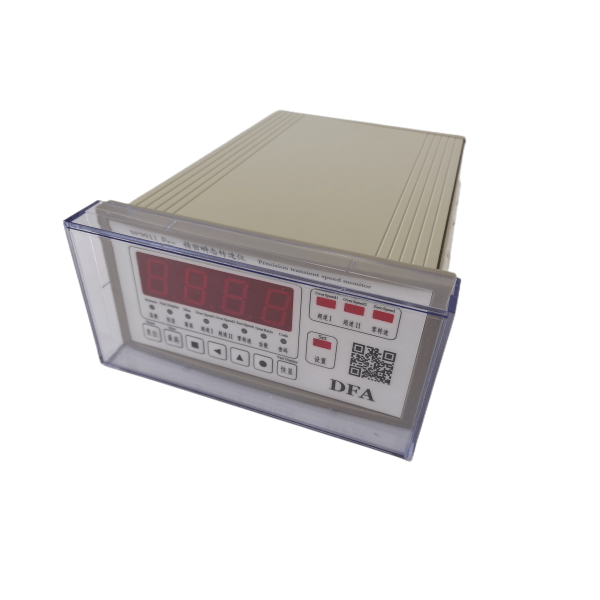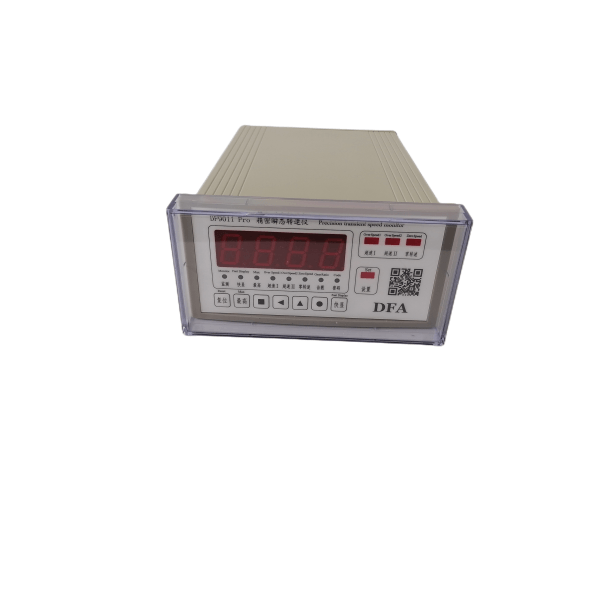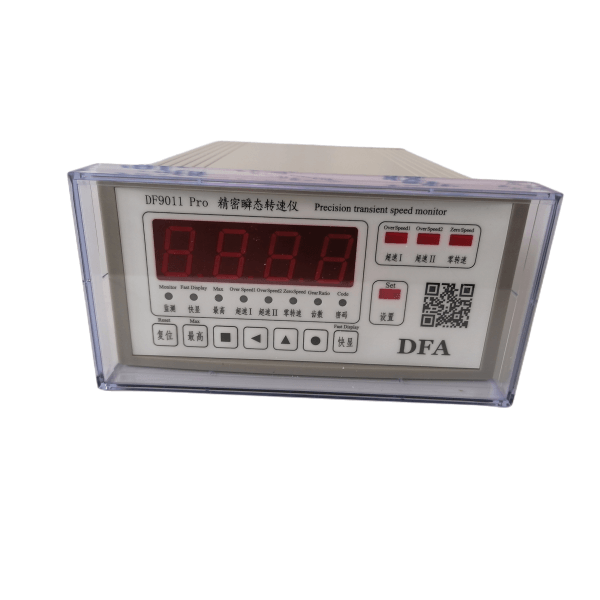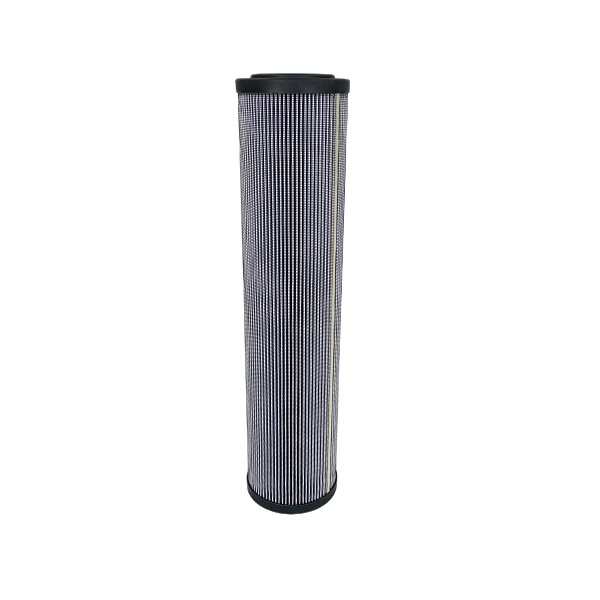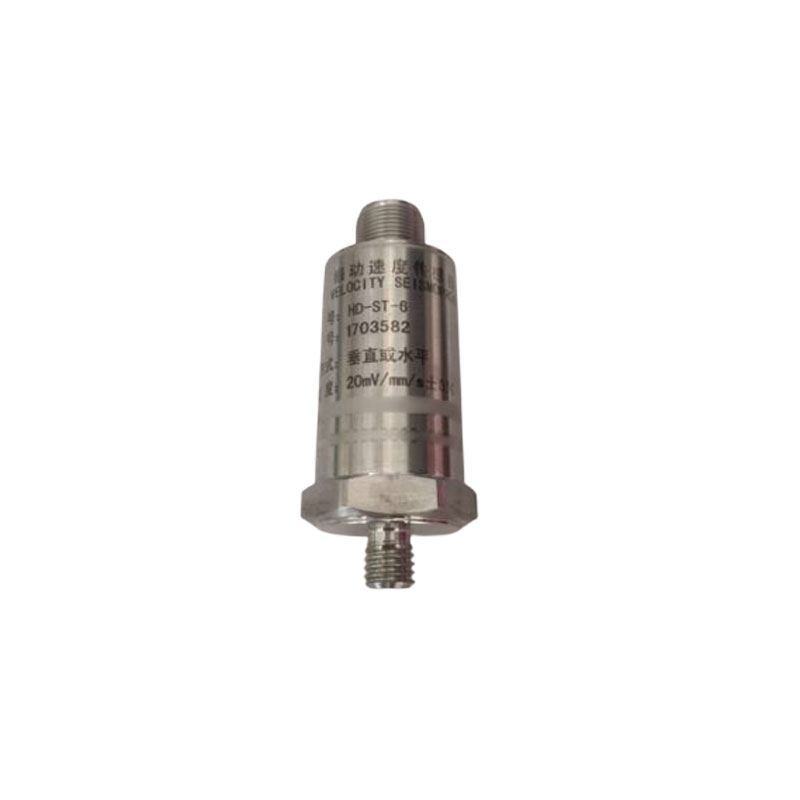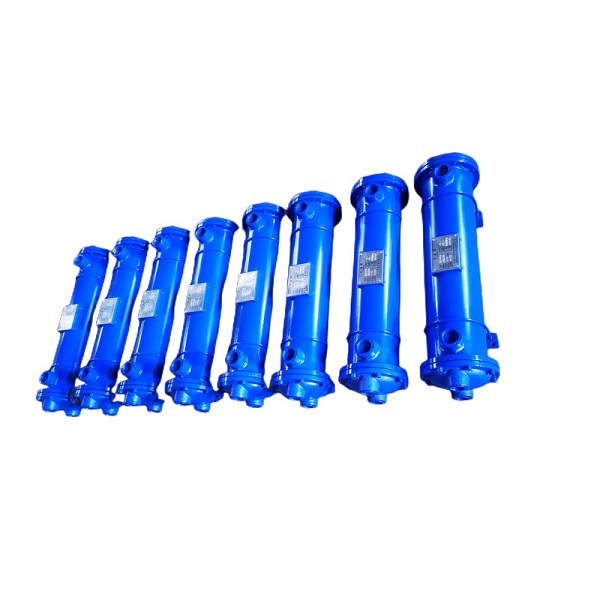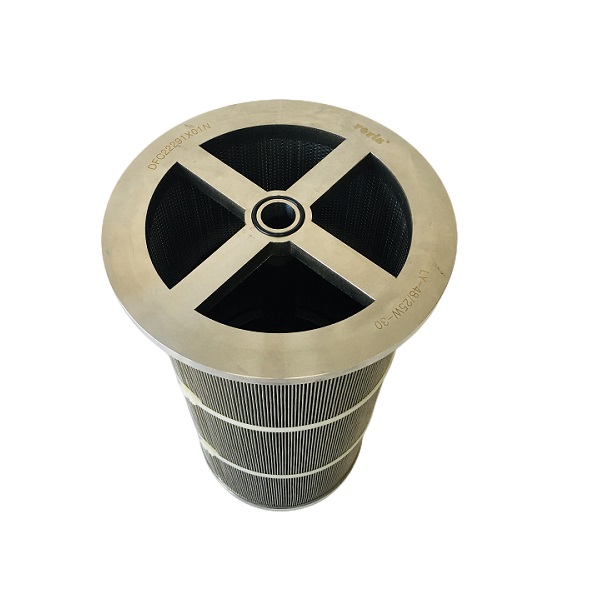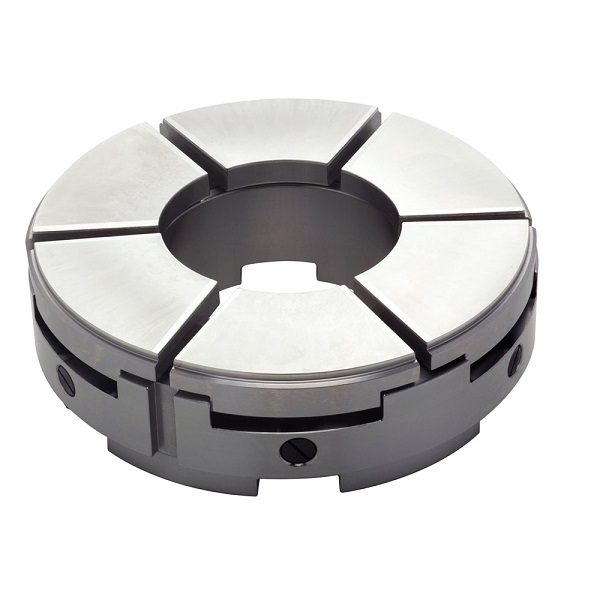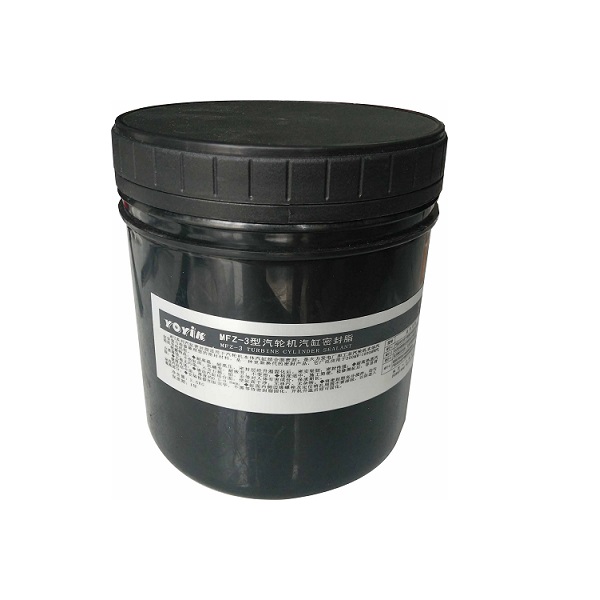DF9011 Pro rotational speed monitor is one of the necessary instruments in the machinery industry, which is used to measure the rotational speed, linear speed or frequency of the motor. It is commonly used in the manufacturing of electric motors, electric fans, paper making, plastics, chemical fiber, washing machines, automobiles, aircraft, ships and other industries.
Working principle of DF9011 Pro turbine rotational speed monitor
The working principle of DF9011 Pro turbine rotational speed monitor is based on the principle of electromagnetic induction. Specifically, when the rotational speed monitor is installed on the rotating shaft of the rotating parts of the steam turbine, the rotating shaft will drive the magnetic needle to rotate, causing electromagnetic induction of the magnetic needle in the magnetic field and generating induction electromotive force. The magnitude of the induced electromotive force is proportional to the rotational speed of the rotating shaft. Then, the induced electromotive force is processed by sensors and signal processing circuits, and finally converted into digital signal output for people to observe or automatically control.
Generally, the turbine rotational speed monitor will use magnetic needle or oscillating sensor. The magnetic needle sensor measures the speed by electromagnetic induction, and the oscillating sensor calculates the speed by measuring the frequency and amplitude of vibration. No matter what kind of sensor is, it needs to be installed on the rotating shaft of the turbine rotating parts to ensure accurate measurement of the turbine speed.
Classification of DF9011 Pro turbine rotational speed monitors
The turbine rotational speed monitor can be divided into several types according to different measuring principles and signal output modes, including the following:
Mechanical rotational speed monitor: the rotating speed is displayed by converting the rotating speed into the movement of mechanical pointer through mechanical transmission.
Magnetic induction rotational speed monitor: based on the principle of magnetoresistive speed sensor, the speed signal is converted into magnetic signal, which is amplified by the circuit and output as electrical signal, and then the electrical signal is converted into the movement of mechanical pointer to display the speed.
Photoelectric rotational speed monitor: based on the principle of photoelectric sensor, the rotational speed signal is converted into optical signal, which is amplified by the circuit and output into electrical signal, and then the electrical signal is converted into the movement of mechanical pointer to display the rotational speed.
Digital rotational speed monitor: After the speed signal is converted into electrical signal through the sensor, it is directly displayed in digital mode after being processed by the microprocessor. It has the advantages of high accuracy and programmability.
Among them, magnetic induction rotational speed monitor and photoelectric rotational speed monitor are common types.
Accuracy class of DF9011 Pro turbine rotational speed monitor
The accuracy class of turbine rotational speed monitor is generally classified according to the measurement error. Common accuracy classes include:
Level 1.0: measurement error is less than or equal to ± 1.0%;
Level 1.5: measurement error is less than or equal to ± 1.5%;
Level 2.5: measurement error is less than or equal to ± 2.5%;
Level 4.0: the measurement error is less than or equal to ± 4.0%.
Different accuracy levels are applicable to different measurement occasions, and need to be selected according to actual needs. Generally, the higher the accuracy level is, the higher the measurement accuracy of the turbine rotational speed monitor is, but the price will be correspondingly higher.
The accuracy grade of the turbine rotational speed monitor is usually marked on the technical parameters or certificates of the equipment, which can be judged from the following aspects:
Accuracy grade symbol: usually represented by “0.5″, “1.0″, “1.5″, etc. The smaller the number, the higher the accuracy.
Measuring range: usually in rpm, it indicates the maximum and minimum speed range that the rotational speed monitor can measure.
Scale value: usually in rpm, it represents the speed value represented by each scale of the rotational speed monitor.
Indication error: usually in percentage or absolute value, it indicates the error between the rotational speed monitor and the actual speed during measurement.
However, different countries and regions may have different standards for the accuracy level of the turbine rotational speed monitor, so it is necessary to pay attention to the relevant standards and specifications when selecting and purchasing equipment.
The accuracy requirements of the turbine rotational speed monitor are usually determined by the equipment manufacturer, industry standards or customer requirements. Different application scenarios have different accuracy requirements. Generally speaking, the accuracy requirements of the turbine rotational speed monitor should ensure that the control and protection requirements are met in actual use to ensure the safe operation and reliability of the equipment.
Industry standards usually stipulate that the accuracy of DF9011 Pro turbine rotational speed monitor is required to be 0.5% or 0.25%, while the customer’s requirements may be higher. In practical application, select the appropriate accuracy level as required, and pay attention to the reliability and stability of the rotational speed monitor. In addition, the accuracy of the rotational speed monitor is also affected by the installation quality, measurement environment and other factors, and corresponding calibration and maintenance should be carried out during installation and use.
Post time: Mar-02-2023


